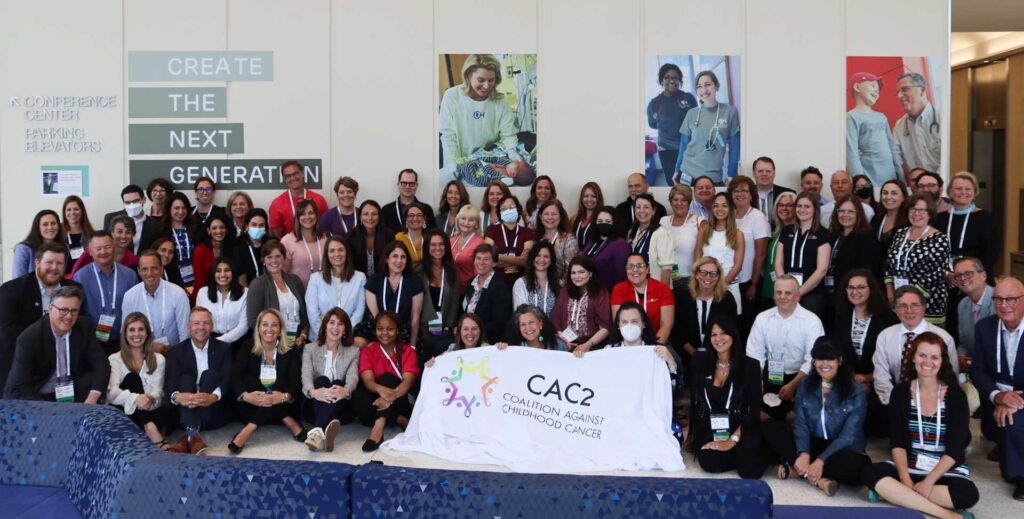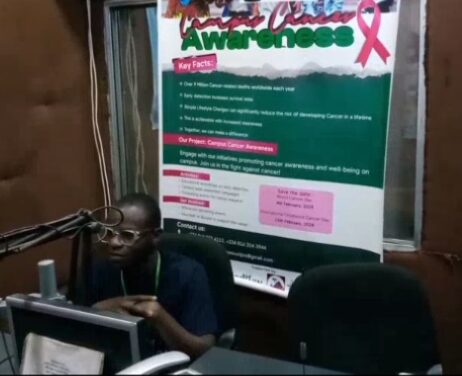
Blog Post–June Celebrates Childhood Cancer Survivors
Dear Childhood Cancer Survivors, As Childhood Cancer Survivorship Month is drawing to a close, the Coalition Against Childhood Cancer (CAC2) extends our gratitude to each
CAC2 member organizations with an interest in Awareness are encouraged to participate in the work of the CAC2 Advocacy and Awareness Interest Group. Notes from the 2019 meeting of the working group are available here. Email awareness@cac2.org if you would like more information on how to be involved with CAC2 awareness initiatives.



Dear Childhood Cancer Survivors, As Childhood Cancer Survivorship Month is drawing to a close, the Coalition Against Childhood Cancer (CAC2) extends our gratitude to each

By CAC2 Student Member Joshua Omale In the heart of advocacy, the rhythm of change reverberates most profoundly at the grassroots level. For me, this

By CAC2 Member Steven Giallourakis (The Steven G. Cancer Foundation) When someone has succeeded in life, we tend to think of them as successful. That
